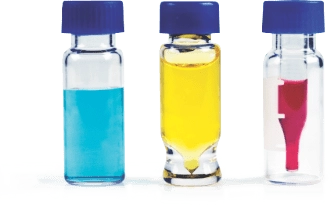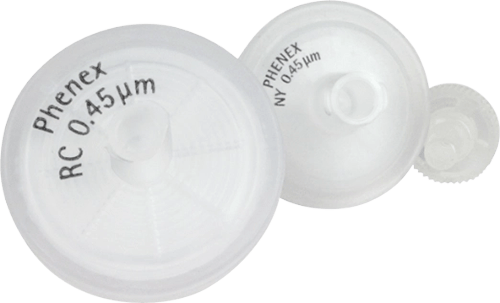
Complete Environmental Testing Solutions
Product Information
Brand
Helping environmental labs achieve quality analysis in environmental testing.
Phenomenex offers chromatography solutions tailored to the environmental industry. Optimize your analysis and enhance testing for air, water, and soil quality.
Helping environmental labs achieve quality analysis in environmental testing.
Delivering quality data in environmental analysis is our top priority.
- Meet your data quality objectives for all regulatory and non-regulatory methods
- Resolve complex environmental matrices and contaminants compounds efficiently
- Explore our vast array of selectivities to expand your testing services
Explore our complete portfolio of environmental testing products:
-
GC specialty columns for the separation of complex matrices
-
High-performance LC columns
-
Wide selection sample preparation to fit your needs
-
Complete portfolio for low background PFAS Analysis
-
Calibration and PT standards
-
Accessories
Doing PFAS analysis? Discover our products for low background PFAS analysis.

























